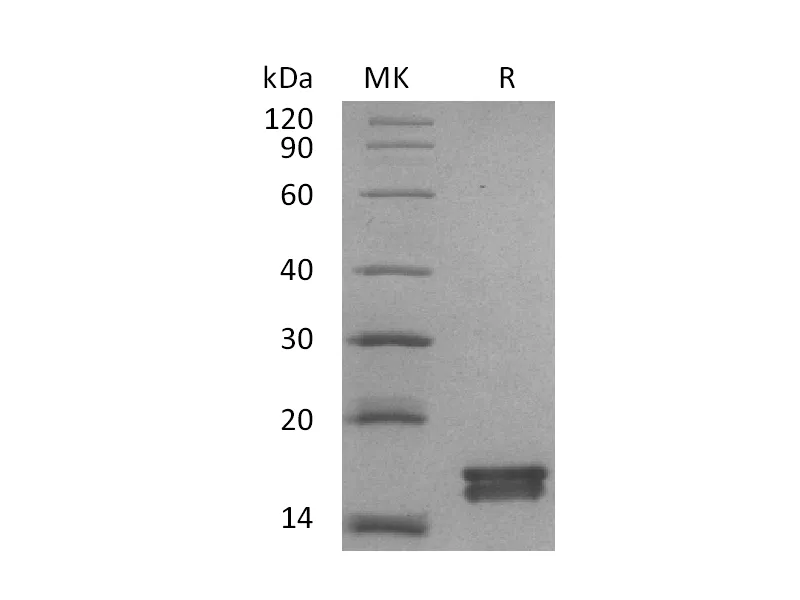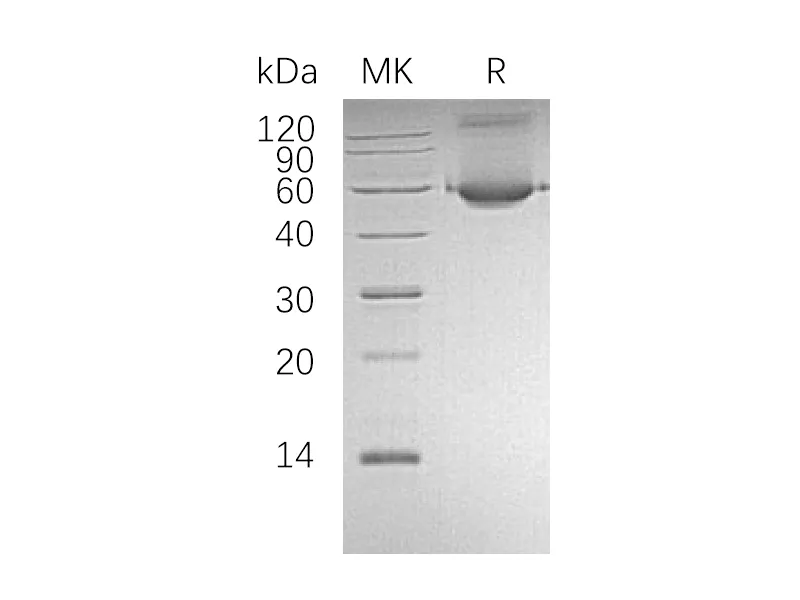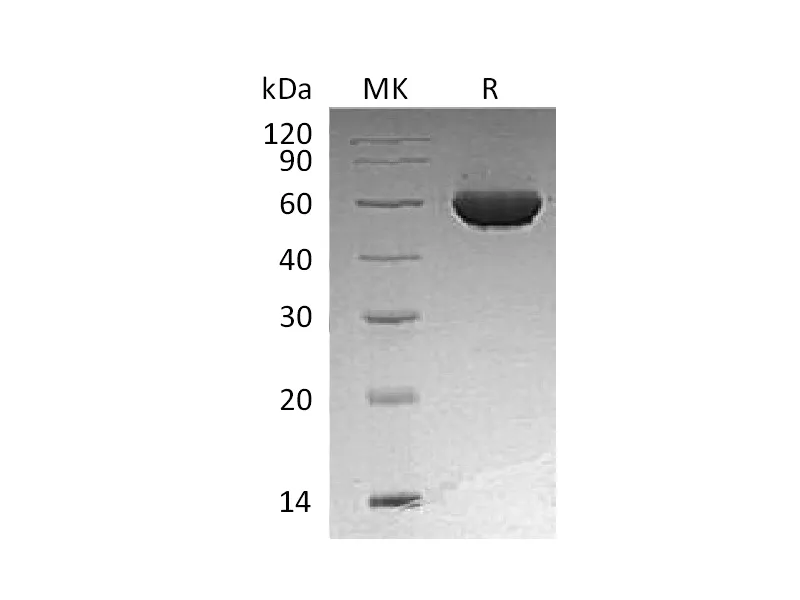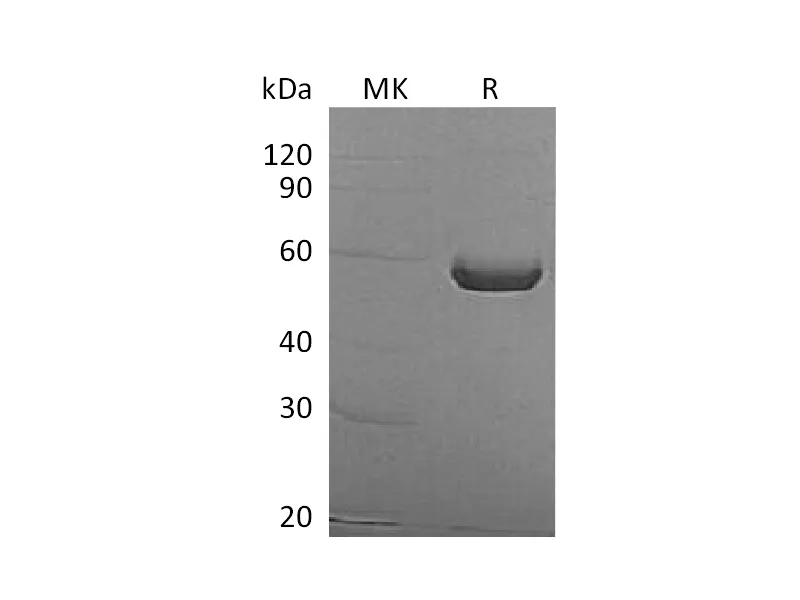Alternative Names
SLAM family member 5; Cd84; Leukocyte differentiation antigen CD84; Signaling lymphocytic activation molecule 5; CD84; Ly-9B; SLAMF5; CD84 antigen; CD84 molecule; SLAM family member 5
Background
CD84, also called SLAMF5, is a member of the CD2 subgroup of the immunoglobulin receptor superfamily. Members of this CD2 subgroup mediate signal transduction through the interaction of its immunoreceptor tyrosine-based switch motifs (ITSM) in the intracellular region and the SH2 domain of adaptor molecules SAP (SLAM-associated protein) and EAT-2 (EWS-activated transcript 2), and accordingly modulate both adaptive and innate immune responses. CD84 expression has been documented on several hematopoietic cell types, including monocytes, macrophages, dendritic cells, B lymphocytes, and platelets. Activation of cell surface CD84 initiates a signaling cascade involving its intra-cytoplasmic tyrosine residues that results in Bcl-2 upregulation, which in turn enhances cell survival. Either immunoneutralization or blockade of CD84 with a CD84 extracellular domain protein fragment induces cell death in vitro and in vivo.
Note
For Research Use Only , Not for Diagnostic Use.




